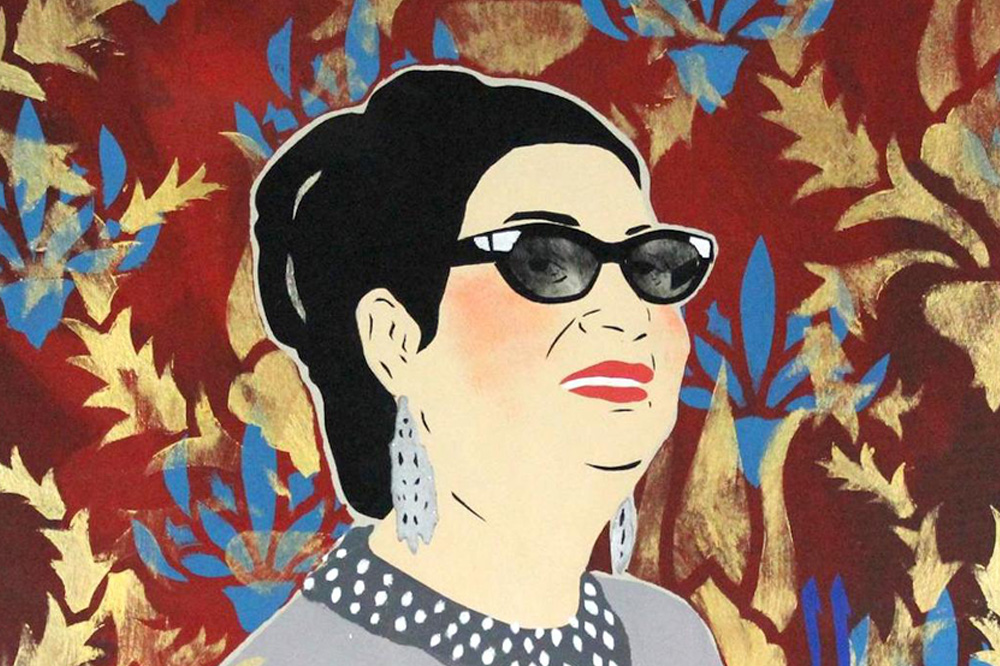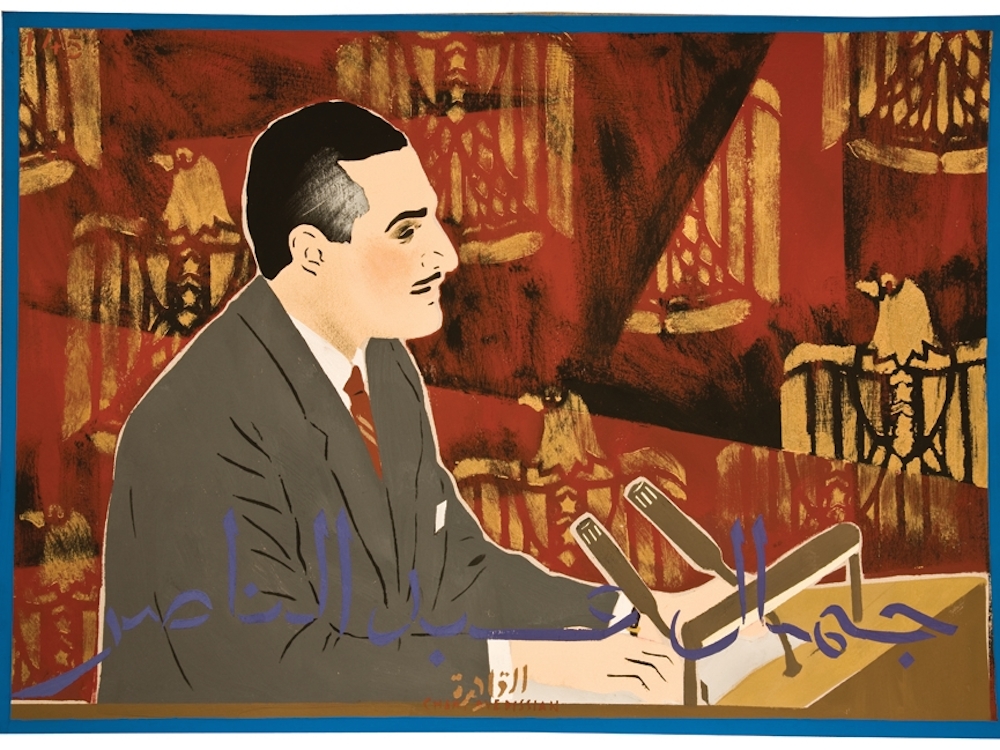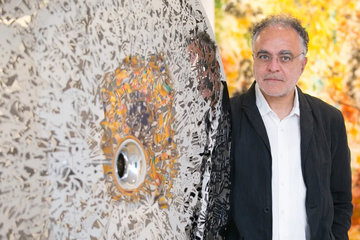
Chant Avedissian, the renowned and Egyptian artist of Armenian origins has sadly passed away at the age of 67. His sister, Ms. Nairy Avedis Avedissian, shared the news of his passing and of his years’ long struggle with cancer.

Gamal Abd El Nasser
Avedissian's artworks have exhibited all over the world, including in 25 solo exhibitions since 1969. The National Museum of African Art, for example, and the Smithsonian Institution; the British Museum, London; the National Museums of Scotland, Edinburgh; the National Gallery of Jordan and the Barjeel Art Foundation in Sharjah, among others, all hold artworks of his in their respective collections.

Youssef Wehbe
Avedissian's artworks are known for their stenciling techniques and for his bold use of pop and folk culture imagery. He would draw freely from Ottoman, Bedouin, and traditional Islamic motifs and would overlap them with cultural and political figures from Egypt’s “Golden Age.” You could just as well find images of Umm Kulthum, or of Abdel Halim Hafez, but also Gamal Abdel Nasser, or Farid Al Atrash and Faten Hamama… but Avedissian also dipped into ancient Egyptian culture by including bold Paranoiac imagery as well.
![]()
Icons of the Nile
Acclaimed artist Avedissian was born in Cairo in 1951 to an Armenian family, and he was educated in Montreal and Paris. His work is instantly recognizable and very poluary and he created his many works through a wide range of media, including prints, painting, photography and textiles. Avedissian also worked for the Aga Khan Foundation with the renowned Egyptian architect Hassan Fathy (1900-1989), who is said to have inspired Avedissian’s strong and lasting interest in traditional art and local materials.
![]()
The artist’s genius and his wealth of knowledge of Egyptian culture will be deeply missed, but one small comfort is that Chant Avedissian’s artworks will remain in circulation at public exhibitions and looked after in world-renowned art collections, thus ensuring that they will remain accessible and preserved for generations to come.
![]()
![]()
![]()
![]()
![]()

















